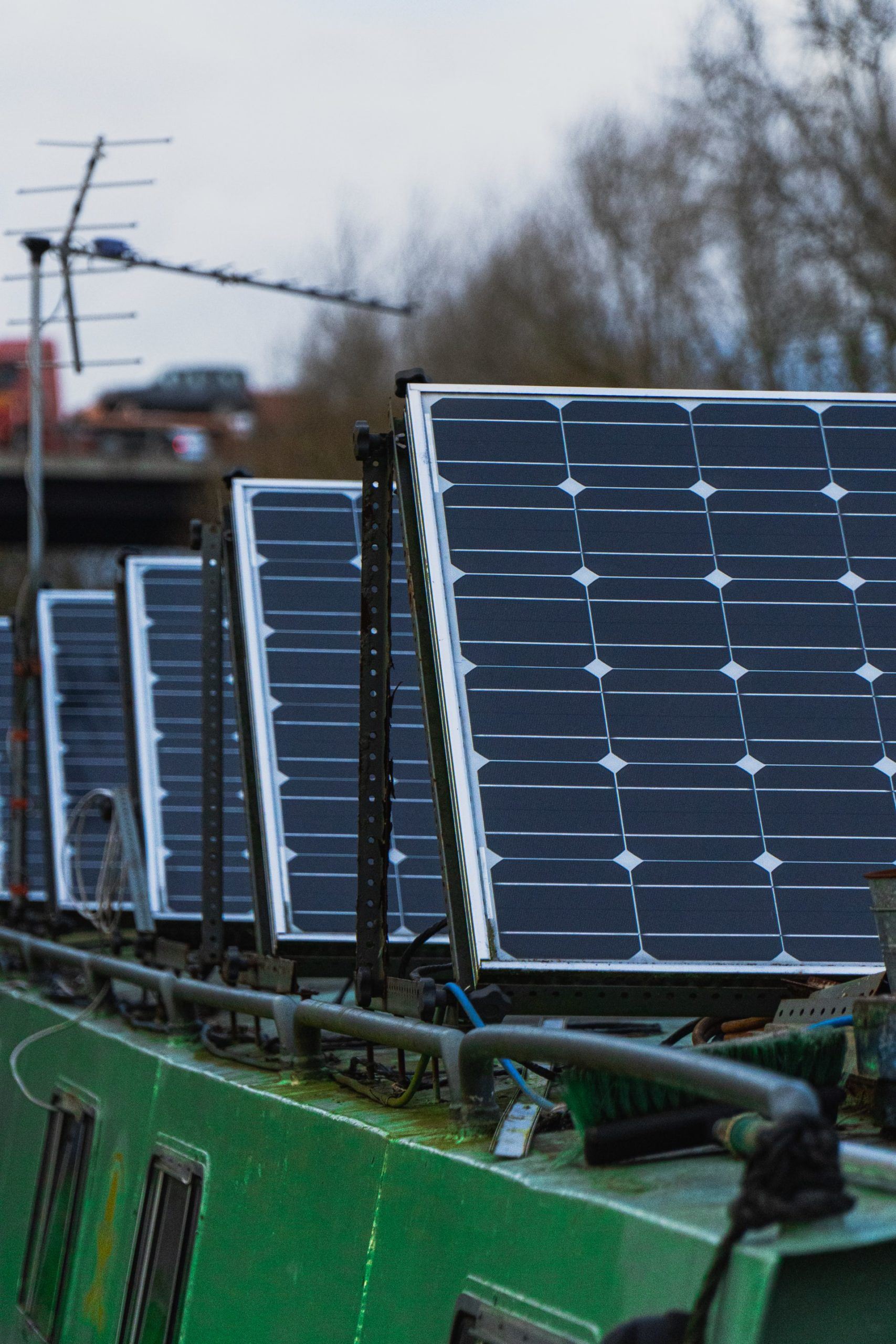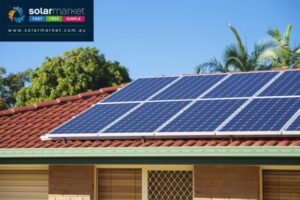There are a bunch of things to consider when it comes to solar trackers rather than just boosting output. So, the short answer to this question is yes… but let’s start at the beginning!
What are solar trackers?
Solar trackers are devices that let your solar panels follow the sun as it moves across the sky. It’s a pretty cool concept, right? They simply connect to the racking of solar panels, meaning they can be ground or roof-mounted along with your panels. Trackers will allow your solar power system to produce more renewable energy, which is brilliant.
What types of solar trackers are there?
Firstly, there are single-axis solar trackers. It’s all in the name with these ones; they rotate on one axis (being east-to-west). This means single-axis solar trackers follow the sun from sunrise to sunset as it makes its way across the sky. Single-axis trackers can be stood up (which is called a polar axis) or laid flat (which is called a horizontal axis). It’s better to stand single-axis trackers up if you live far from the equator… being the southern parts of Australia. Single-axis trackers with a horizontal orientation are better suited to the tropics and places closer to the equator… being the northern parts of Australia.
Then, there’s dual-axis trackers. These ones are more complex than their single-axis counterparts; with more moving parts and more technology involved. These trackers will follow the sun’s rays at all times and are able to adjust to the sun’s height and rotation throughout the day. These can make a large difference in places where the sun’s height and arc changes throughout the day, like the southern parts of Australia.
Are solar trackers right for me?
The first thing you probably want to know about installing solar trackers is how expensive it can be. If you choose to install solar trackers, there will be an added upfront cost to your solar installation. Depending on your city and whether you’d like single or dual-axis trackers, prices will vary. This is because it depends how many panels you have and whether they’re ground or roof-mounted. Unfortunately, we can’t give you a price because of this, but it will be quite expensive. To give you some sort of idea, you could be looking at a minimum of about $600 per panel. Trackers generally require routine inspections and maintenance, so there will be future costs down the track too. If you live in areas prone to stormy weather, it’s important to note that solar trackers are vulnerable to damage as they are not as sturdy as permanent, fixed mounts are.
This might seem like a lot, though solar trackers will improve panel output and the overall efficiency of your solar power system. They can also allow you to get more out of a smaller-sized solar power system because your panels would be exposed to more sunlight than they would with fixed mounts.
Let’s summarise…
Now that you’ve got the basics of solar trackers down pat, it’s time to decide if it’s something you’d like to invest in. This part is obviously up to you, but there is an alternative option to trackers. If you like the idea of how efficient your system could be, but can’t justify the upfront costs… this one’s for you. There is the option of installing more panels than you had initially planned. This can be a cheaper and more practical way for your panels to absorb more sunlight without trackers.
Solar trackers definitely boost the output of the solar power systems they are linked to. However, they are not frequently seen on residential rooftops in Australia. This could be because they are expensive and don’t hold up as well as fixed mounts in bad weather. Additionally, while it is possible to have trackers installed on rooftop projects, they can be too heavy for residential roofs. So, if you’ve got land to spare on your property and are interested in solar trackers; it might be best to ground-mount your panels and get trackers installed that way.
We’ve taken you through the basics, so find us on social media and let us know your thoughts on solar trackers!










